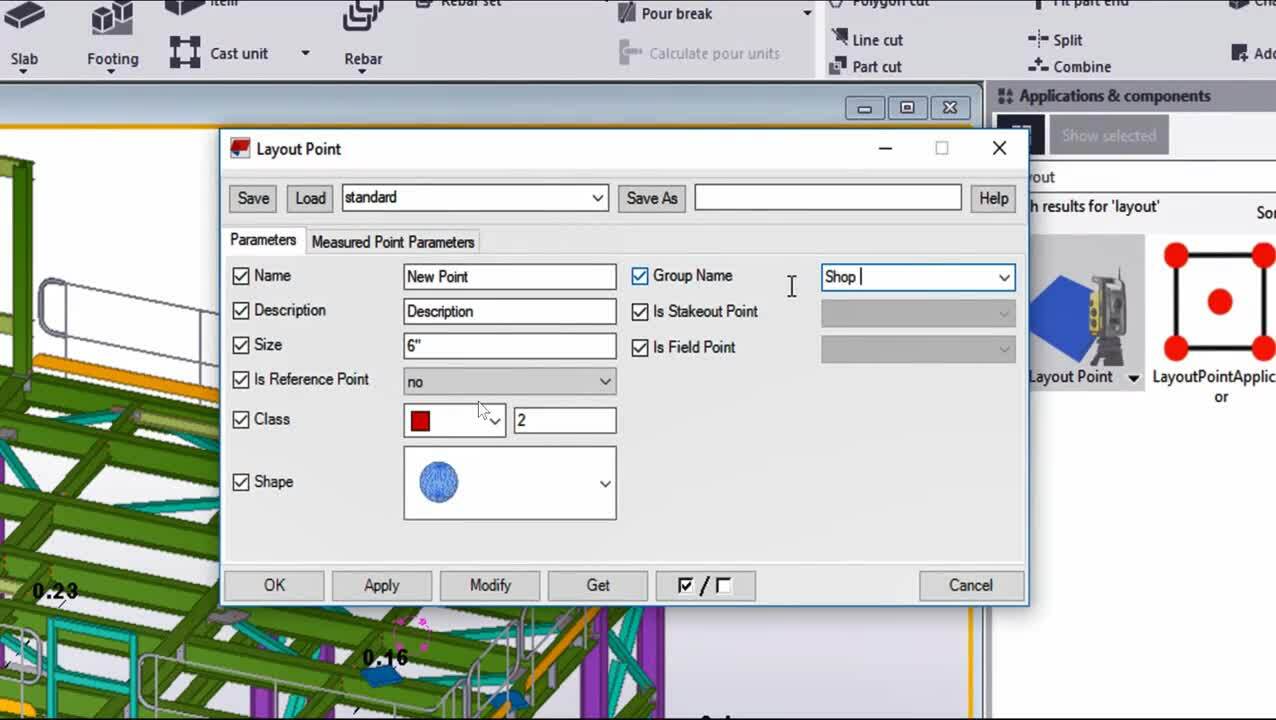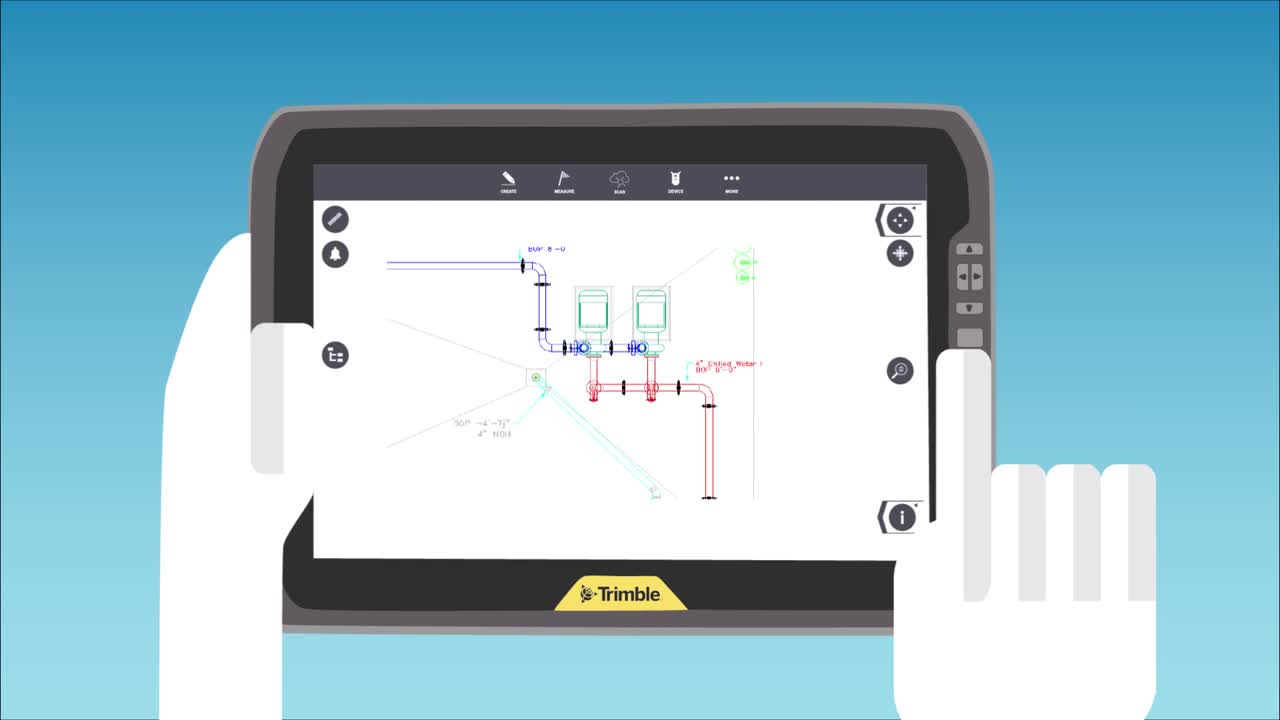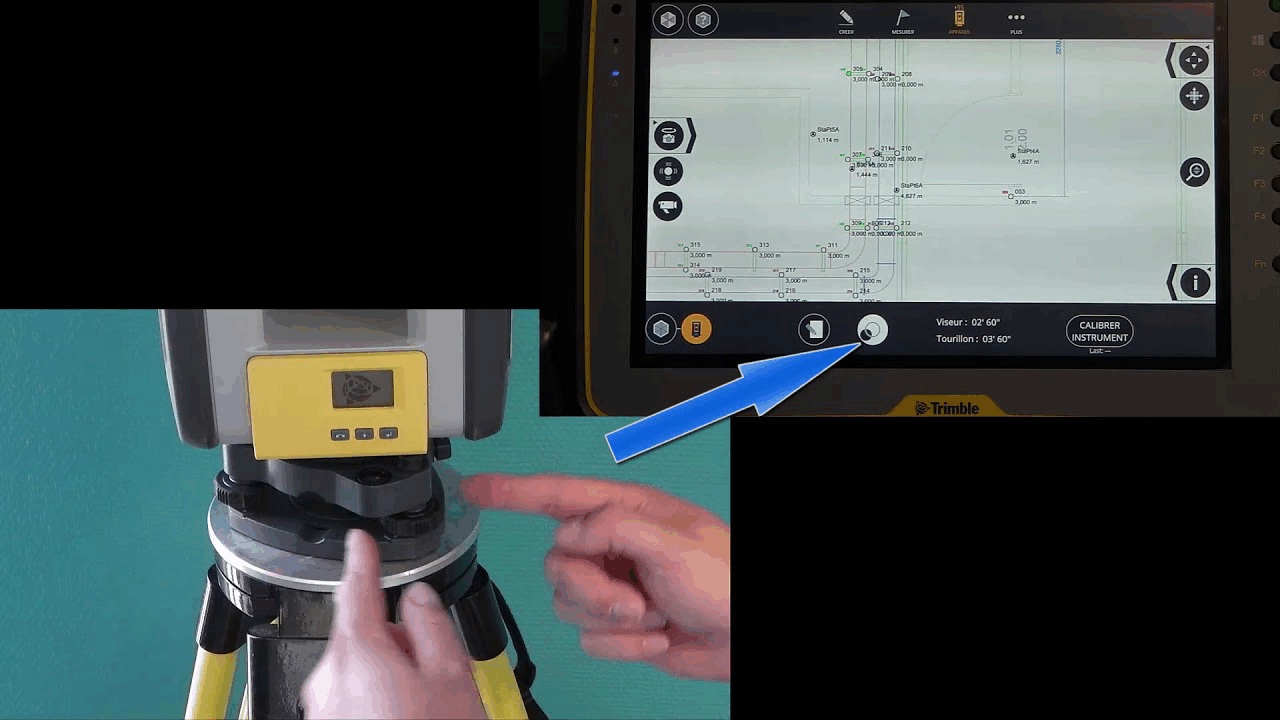Construction is evolving —pencil and paper processes are in the past. The future is here, and there are two driving forces propelling construction technology to a whole new level of efficiency: automation and machine learning.
These two technological trends are inextricably linked with the future of construction design and field layout. Automation and machine learning help designers do their job more effectively and efficiently. Backed by intelligent software, designers and field technicians can overcome the tedium of manual processes, concentrate expertise toward new challenges, and improve the overall efficiency and quality of design and layout.
Automation
Put simply, automation makes construction processes more intuitive. Intelligent software, backed by artificial intelligence (AI) functionality, can derive information from multiple sources, uncover inefficiencies, and synthesize this insight to help construction professionals accomplish goals.
CAD
In construction design, automation is used to establish algorithms that help improve the accuracy of design plans.
MEP trades use rules-based software that automates common design processes. Generative design software takes into account pre-established design objectives and parameters — such as material, cost, construction method, etc. — and uses this information to develop design options. The software runs permutations at incredible speed so designers don’t have to. Designers can pair CAD and generative design to facilitate greater precision when refining plans.
Design automation is pushing the boundaries of constructibility. Backed by intuitive software solutions, designers can reduce costs, improve yield, and most importantly, reuse successful processes to facilitate continual improvement.
Field Layout
Layout automation helps to remove the tedium of manual processes by streamlining common layout tasks. For example, an automated positioning system is equipped with advanced self-locating technology which automates leveling and makes setting layout points as simple as the press of a button. These devices offer automated distance and angle measurement — effectively eliminating the inefficiencies and inaccuracies associated with string-and-tape layout processes of the past.
Automation is improving the quality of design and field layout trades. By collecting information from various sources and passing that insight along to project stakeholders, designers and contractors can perform project tasks with greater efficiency and accuracy.
Machine Learning
According to McKinsey, engineering and construction trades have been slower-than-average to adopt machine learning compared to other industries. But, ultimately, integration of machine learning is inevitable.
Machine learning, an offshoot of AI, involves devices that are able to process data and learn autonomously. This means machines are empowered to improve independent of any human programming or supervision. When it comes to construction, machine learning offers many procedural benefits to help improve design plans and field layout:
-
Historical data: Machine learning allows devices to independently archive historical data which designers and layout technicians can leverage for future projects. Machine learning is able to recognize what worked in the past and what didn’t, then make suggestions accordingly.
-
Internet of Things (IoT): IoT creates an automated feedback loop between those in the office and those in the field. IoT devices are embedded with technology that allows them to communicate over the internet. This offers many applications for contractors: automatic status notifications, exterior condition reports, remote monitoring, instantaneous 3D model updates, etc.
-
Digital Twins: Digital Twins are exact digital representations of physical assets. These models update automatically in accordance with changing conditions in the field. They are up-to-date copies that reflect their counterpart’s status, interactions, updates, and physical properties and orientation such as shape, position, gesture or motion. Digital Twins align the real world with the virtual world and help illuminate the impact the environment has on a given physical asset.
Machine learning takes AI capability to the next level. Machine learning teaches itself to best serve construction goals, so its efficacy compounds after every project. Machine learning eliminates guesswork and improves the adaptive capability of design and layout processes.
As automation and machine learning become increasingly integral to the construction industry, their importance to design and layout will become undeniable. Automation and machine learning advancements are making CAD better-suited to the needs of designers and improving the accuracy of layout processes — helping to improve the efficiency, accuracy, and profitability of construction projects. Soon, these trends will evolve into jobsite necessities and become indelible tools every construction worker needs in their toolbox.
Learn how IoT combines the power of these two technologies in The Ultimate Phrasebook for IoT in Construction.




















